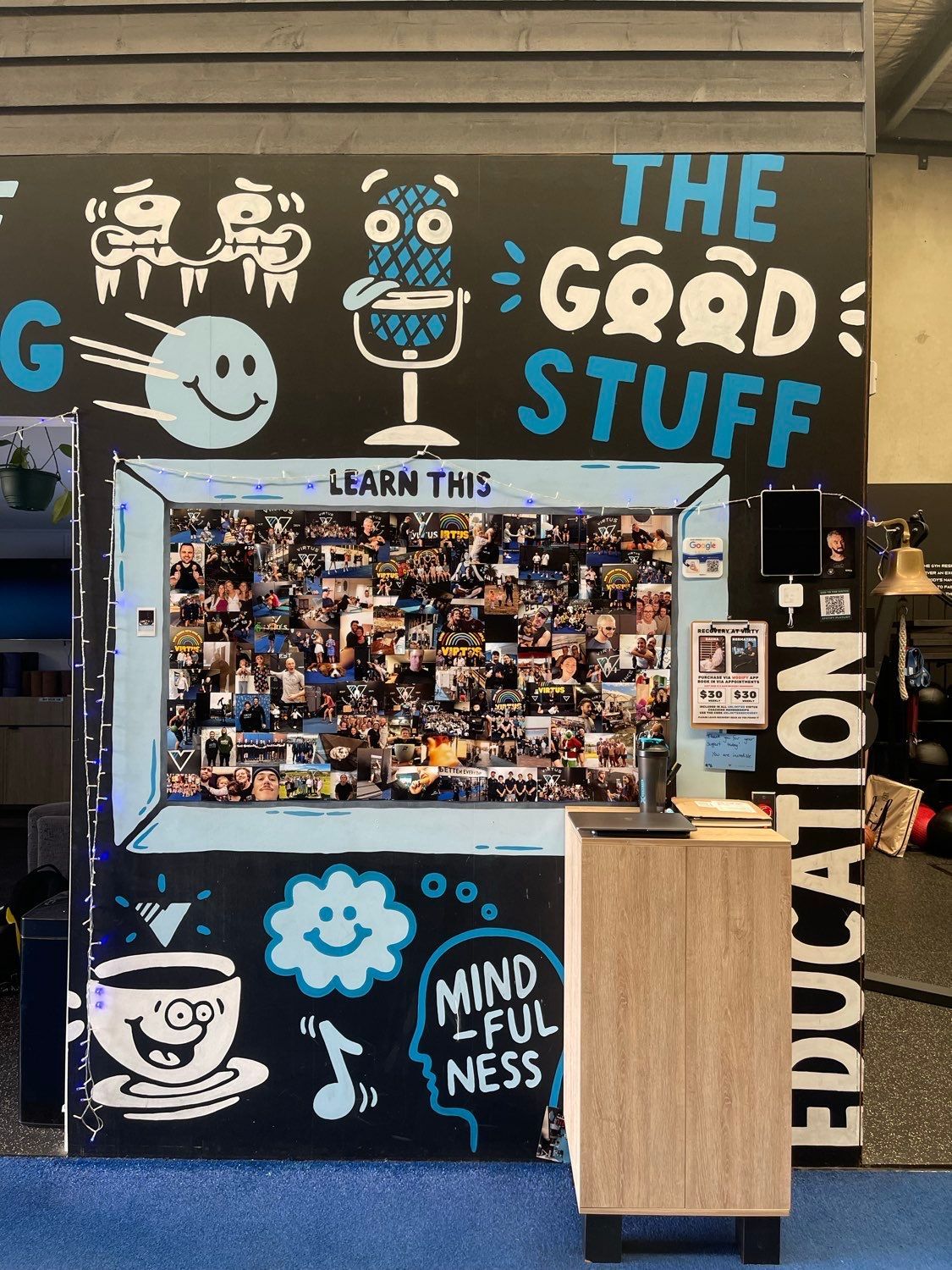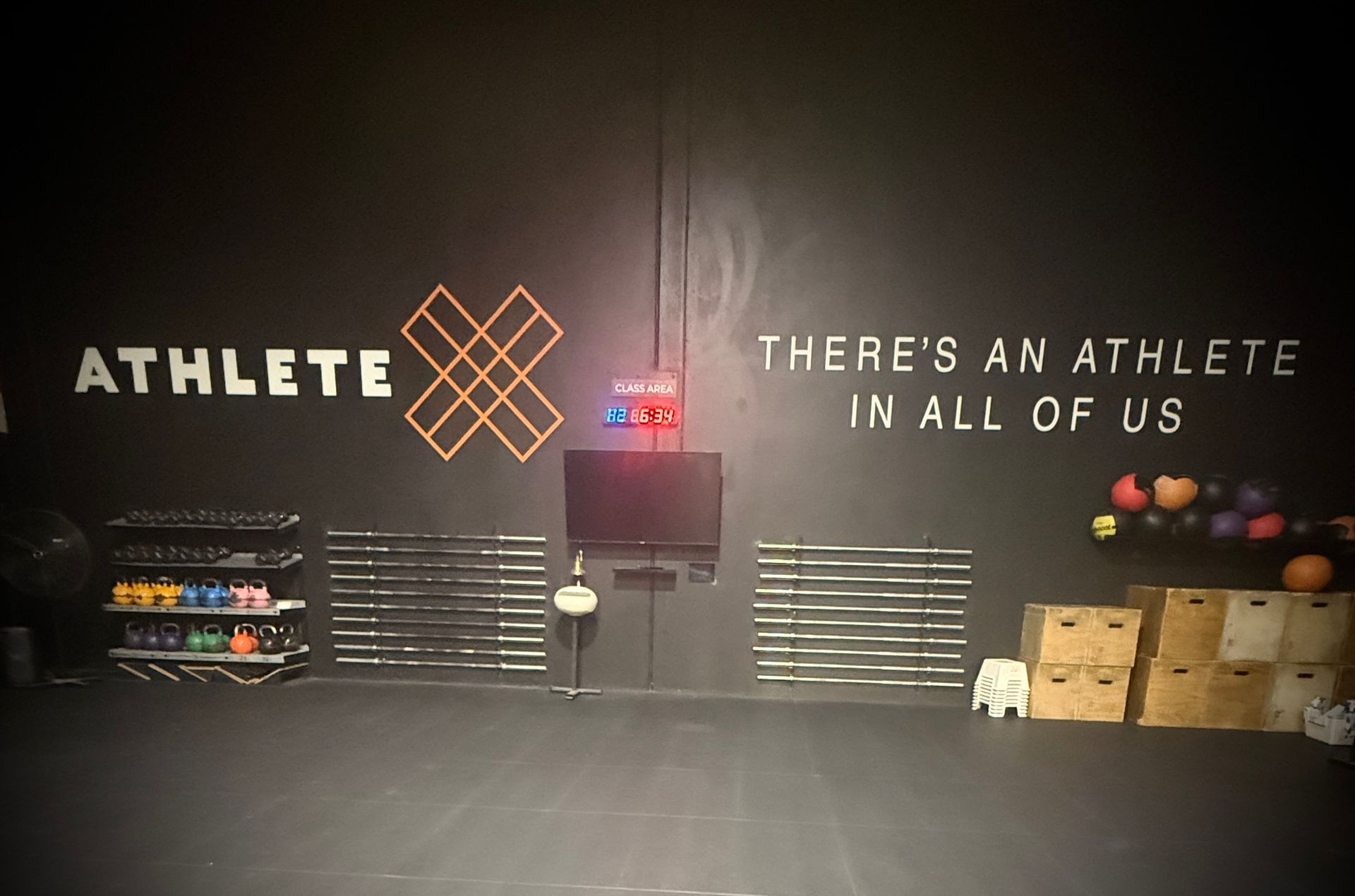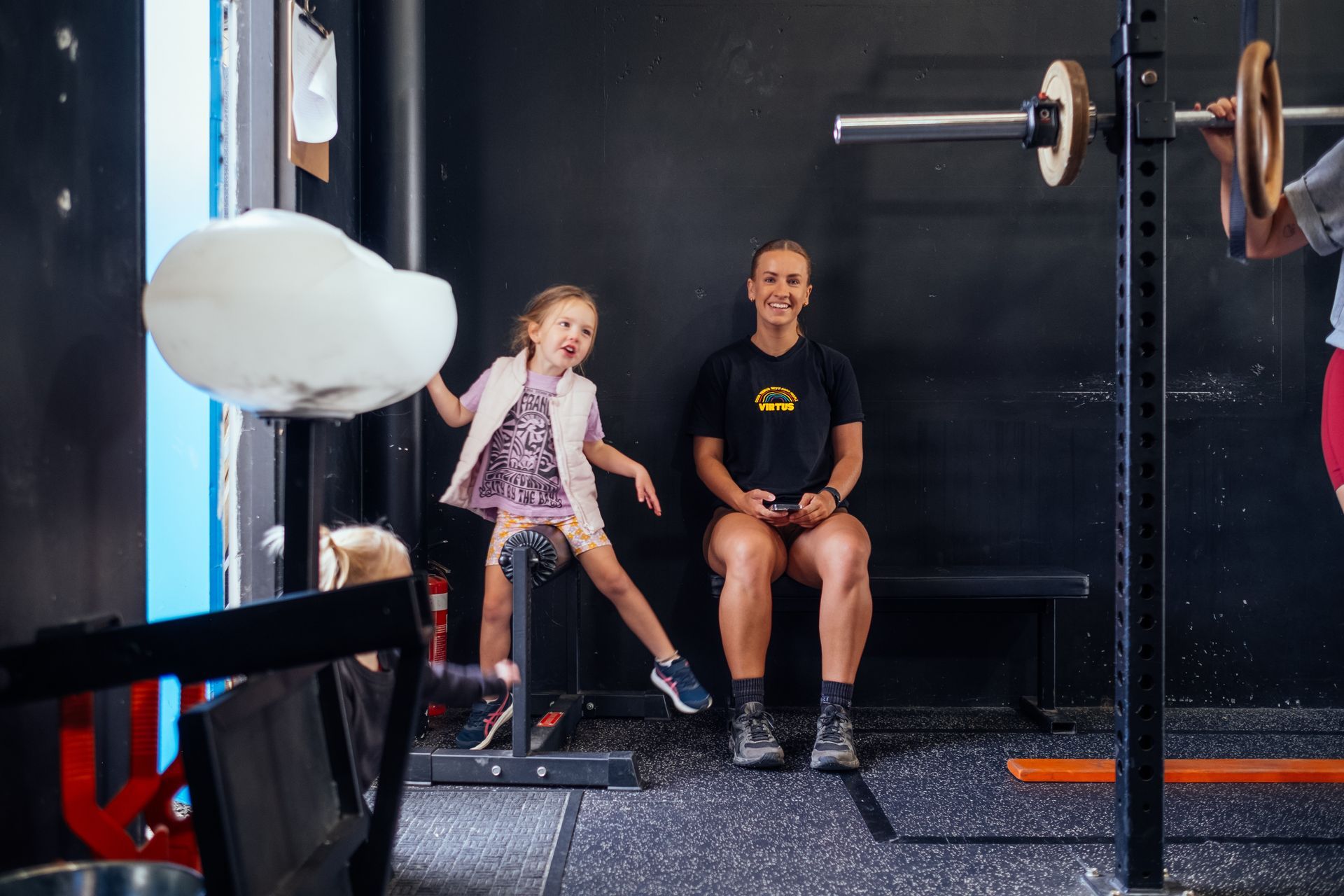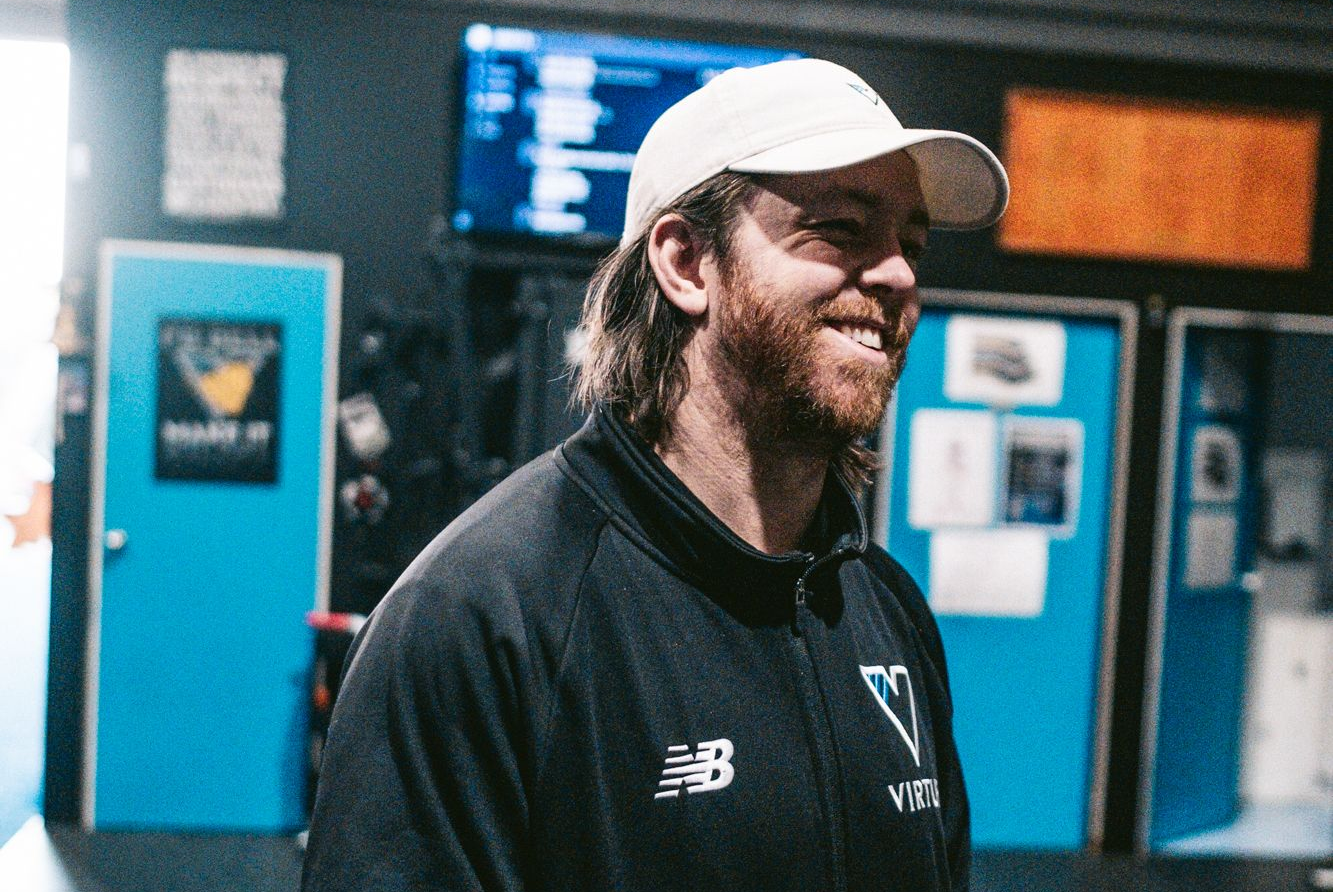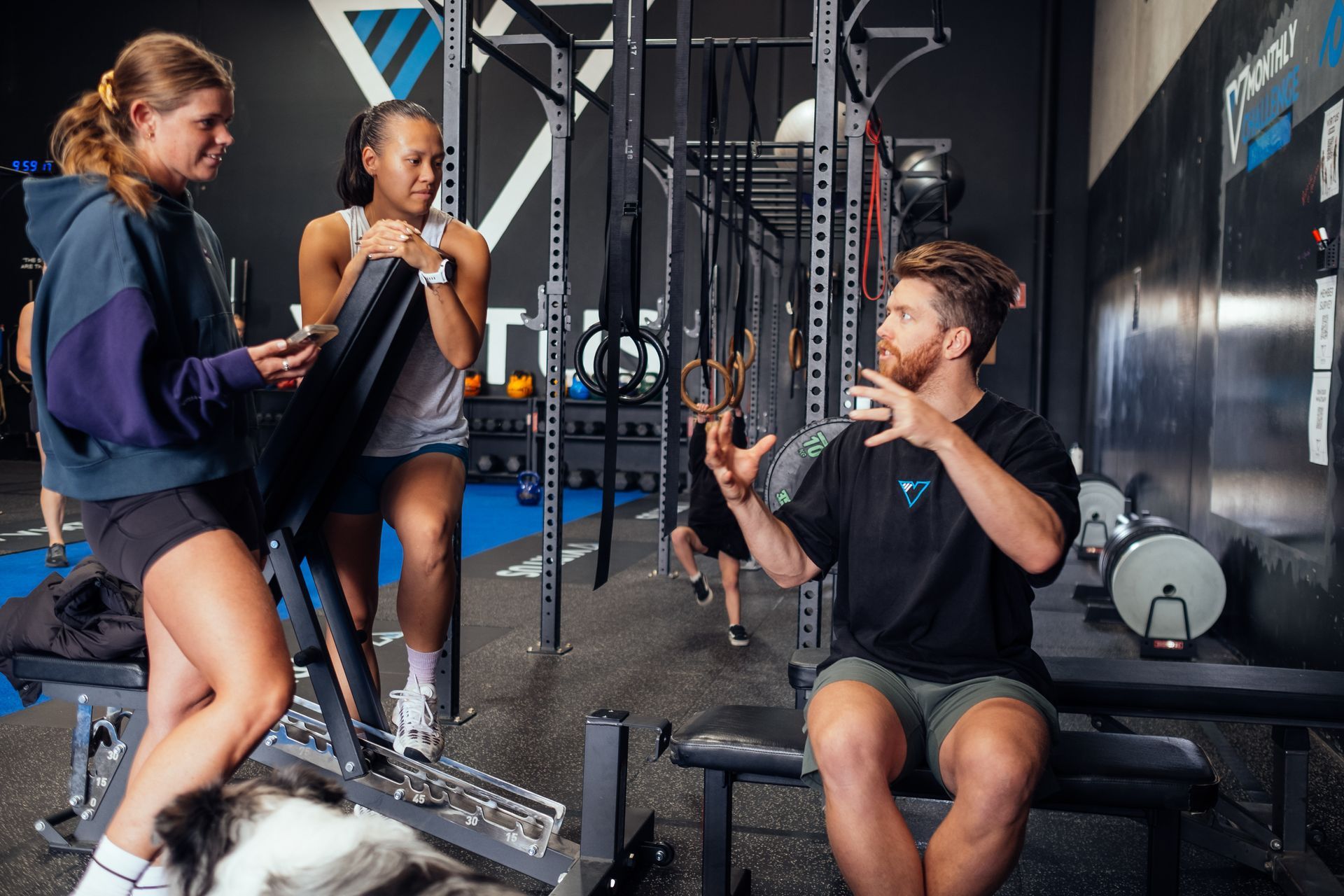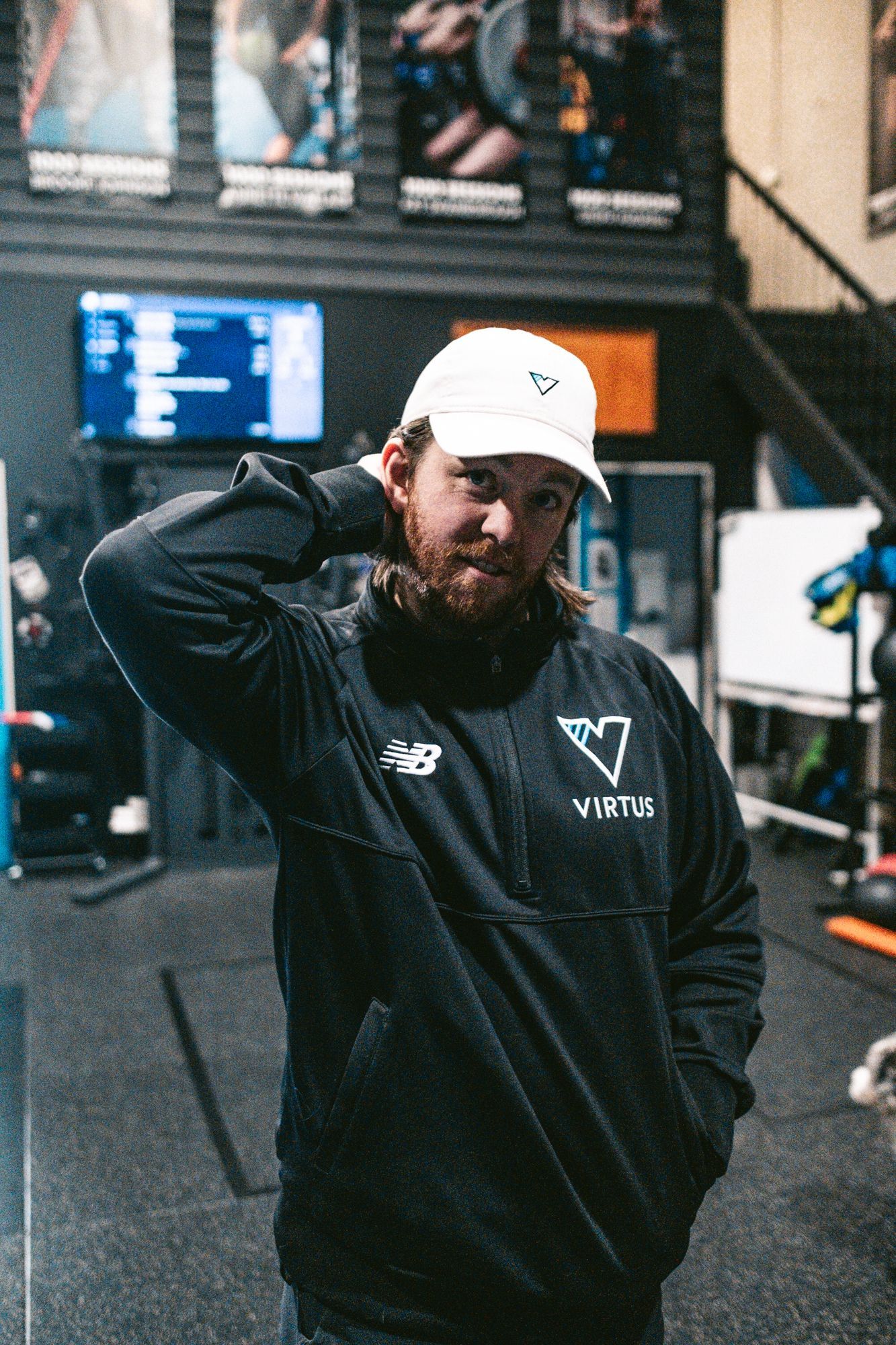44 Days in South America: Experience and Connection
So here's the deal, Welcome to a little daily blog. I'm blissfully aware I won't be able to update this daily. But when I can, I'll write about the day's events, and catch up on the days missed, via the written notes in my diary. I'll discuss where I am, my headspace, what I'm reading or listening to or any other information you might find interesting or useful. Enjoy.
Day 45 Airports Airports Airports

Flight 1, El Calafate to Buenos Aires went without a hitch. 3 Hours reading Shantaram went faster than rolling through Westworld episodes on Netflix. Following this was a 5-hour wait at BA Airport, filled with reading and an update to this blog, and a quick call to some of the team back home.
?
Flight #2 was much the same, 2 hours to Santiago. I managed to sneak in an hour of sleep, once arrived, straight to some chairs to sleep further. ?
A few hours later, I woke up, and rolled to a restaurant for some food. My last meal in South America, and read whilst waiting to board the 1pm flight to Melbourne. 15 hours on a plane. The last leg. Can?t wait ?
Day 44 El Calafate
Today was as enjoyable as it was uneventful. I slept in, ate the shitty hostel brekky, packed my bags (for the last time) and checked out. I decided, to not book any half day tours, and to spend the day reading, writing and walking around the town. That is exactly what I did.
I spent a few hours reading Shantaram in the restaurant of the hostel. With the vista of Lago Argentina and the surrounding trees and snow capped mountains in front of me.
I then headed into town, for a delicious feed and a few more hours in the pages of the book. After some delicious Spinach Gnocchi with Lamb, I headed to the supermarket to spend the last of my pesos and grabbed some snacks for the plane.
The afternoon was spent much the same as the morning, much reading (this book is ace) and catching up on this journal, plus finishing my weekly email that is to go out on Friday morning. Oh and of course catching up on Collingwood Anzac Day win over Essendon. What a day.
I headed off to the airport at 6 pm for my 8 pm flight, the plan for the next 48 hours is to fly to Buenos Aires, arriving at 11 pm, find somewhere to sleep for 2-3 hours. Check into my 5 am flight to Santiago, then hang out at the Santiago Airport for a while until our plane leaves for home. It feels weird finally going home. I?m more than ready, but a sense of sadness at the end of this wonderful adventure hangs at the edge of the thought. Regardless, life is simply impermanence. It only feels like yesterday when I left. Yet so much has happened.
?
?
?
Day 43 - Puerto Merino Glacier
6 am brekky, into a 7 am pickup, kicked off our adventure to the Glacier. With a 90
Minute bus ride ahead of us, I chose to nap, waking up as we pulled into the car park at the pier, where we would jump on a boat to head to the edge of a glacier.
When I first got a face full of this huge chunk of ice, it was truly a WOW moment, a 70m high wall of ice who knows how wide. An amazing thing to see, I couldn?t wait to get on this thing.
We were dropped off at a refuge, where our guides talked us through everything we needed to know about the glacier, and some things we didn?t, we then headed to the edge where we would put on our crampons and go for a hike across the surface.
As always, our group was slow to get there, stopping every few steps to look at the awe-inspiring ice block in front of us. Taking photos that would never portray the incredible sight we could see.
Finally, we were crampon?d up and ready to go. The 2-hour trek along and over the glacier was wonderful, an adventure I won?t forget in a hurry. Culminating in a stop to drink some glacial water and some scotch whisky with glacial ice. It wasn?t gin, but it sure was delicious.
We headed back to the refuge for lunch, had an hour or so to take photos and eat, and then it was back on the boat and off to the viewing platforms, fortunately, we were able to see big chunks of the glacier calve off into the water. An incredible sight.
The viewing platforms were just as amazing as the walk itself, seeing the entirety of the glacier was mind-blowing, with each crevasse, corner and bump reflecting the suns rays in different ways leaving an incredible sight in front of us. The size of it gave me the same feeling I had at Iguazu falls. Truly wonderful.
After an hour or so, we jumped in the bus and headed back to El Calafate, I promptly fell asleep.
Dinner consisted of a giant Argentinian BBQ with Lamb, Steak, Chorizo, Chicken, Salad and chips. More food than I?ve eaten in the last two
Days sat in front of me. I had a crack, a valiant effort but couldn?t finish it all, I was cactus. What a day. Back for an hour of reading, then off to sleep.
Hometime tomorrow. Kind of.
Day 42 - Mirador Condores and El Calafate
This morning I woke up, pretty sore from the last few days of hikes. With Jack, Will and Jamie heading off to do a big hike. I said goodbye and checked out of my room. Unsure as to how I?d spend my day.
I decided not to go for a big walk, but to do one of the shorter viewpoint walks. Mirador Condores, a 4km round hike up above the town. It was short and simple but the perfect way to end my time in this little town.
Magical views of El Chalten and the surrounding peaks was the perfect send-off, with condors flying above it was a wonderful moment.
Once back to the hostel, I had 30 minutes to wait for my bus which would take me to El Chalten. I watched some Flight of the Concords and relaxed.
The bus ride was very cruisy, so much so I stared out the window for an hour or so, and then promptly fell asleep.
I arrived in El Calafate jumped off the bus, and walked the 2km to the hostel. Checked in, and set up shop for the night at the window, overlooking the town, lake, trees and mountains. I was treated to a perfect sunset.
After finishing Meditations, I looked through the pile of books on the bookshelf at the hostel, and fortunately found Shantaram, a book I?d planned on reading when I got home as I had started it before I?d left, but didn?t bring it because it was too big, what a result.
I won?t try and put the feeling I had into words, but for a period of time whilst sitting in the hostel restaurant, looking out over the lights of El a Calafate, reading my book, I felt at peace. Completely in the moment, what had come before and what was to come in the future paled with insignificance as I was truly in the moment, deep inside the pages of my book, with an acute awareness of what was happening around me. What a wonderful moment.
Day 41 - Mt Fitz Roy Adventures
It was now or never. The last day to attempt the 26km hike to Mt Fitz Roy, seemingly the weather gods smiled upon us as we woke up, it seemed sunny. Not so much.
Izzy, Jack, Jamie, Will and I headed to the supermercado to load up on food for the hike, as soon as we opened the hostel door we were hit with a chill that I hadn?t felt in my time in Patagonia. It was cold, very cold, with a little bit of snow coming in.
We made some sandwiches, ate brekky and set off, tightly wrapped up, keeping ourselves warm, I decided to stop in at the store to get a neck warmer, otherwise, my face may fall off.
The incredible landscapes of Patagonia were highlighted during this hike, snow-capped mountains, snow-covered trees, rushing rivers and multicoloured trees of autumn, it was magical. Albeit cold and wet. It was trekking heaven. We stopped at a campsite, 10km or so into the hike and had lunch in the snow, with the knowledge of a 1hr 400m vertical climb to come, we knew we had to fuel ourselves.
A few km later we arrived at the bottom of a mountain, in a landscape which wouldn?t look out of place beyond the wall on GOT.
We began our ascent, climbing up as the snow got thicker and thicker, eventually by the time we had almost reached the top, we could only see the tops of the metre-high signposts leading the path. Eventually, once seemingly at the top, we couldn?t see where to go. With a snowstorm getting heavier and heavier we decided it best to turn around. A frustrating decision but the correct one. We couldn't see much, but geez it was a fun adventure.
The hike back consisted of snowballs and lots of laughs, we took a detour and walked past Lago Capri, one of the lakes and enjoyed the beauty of a snow cover walking trail, forest, rocks and mountains. One of the best days I?ve had on this trip, even though we didn?t get to see Mt Fitz Roy in all of its glory.
When back at the hostel, we loaded up on dinner, drank some wine, and wen
Recent Blog Posts
